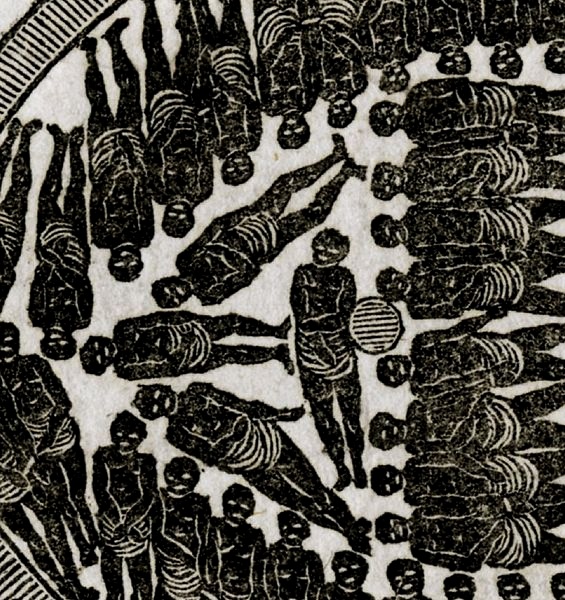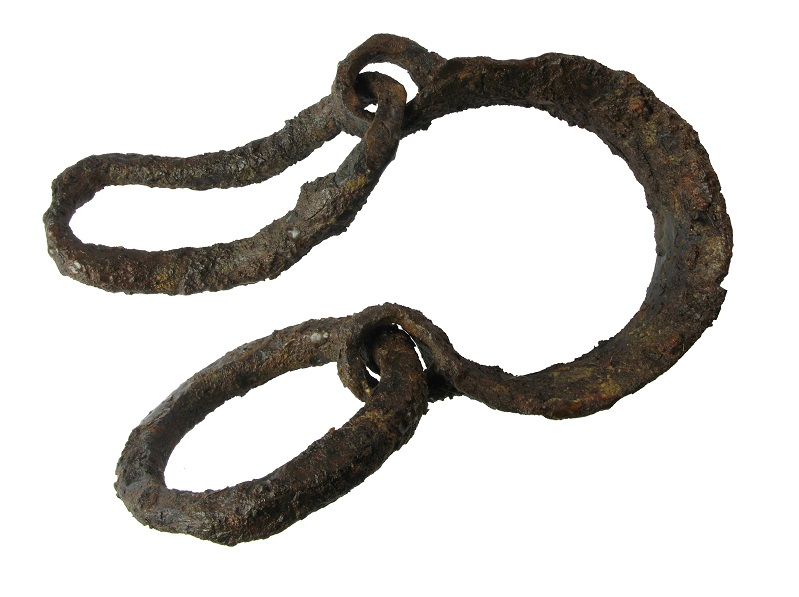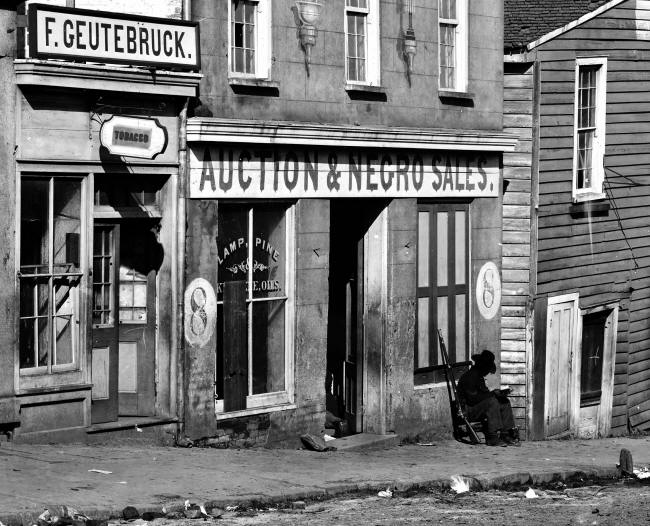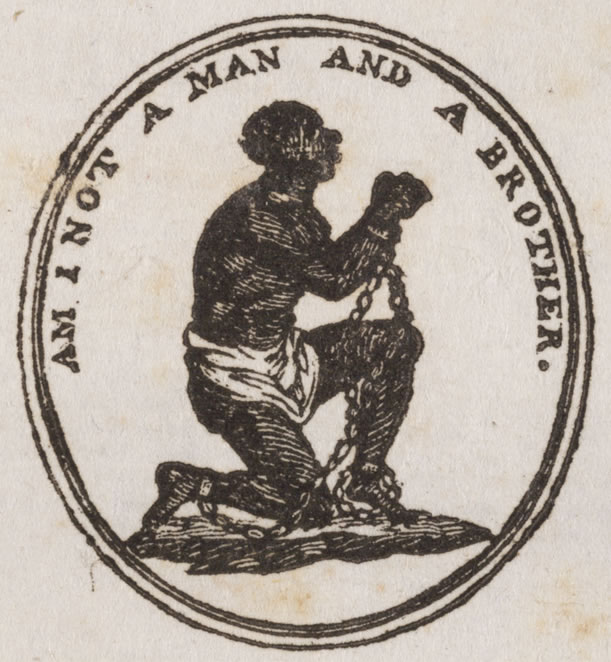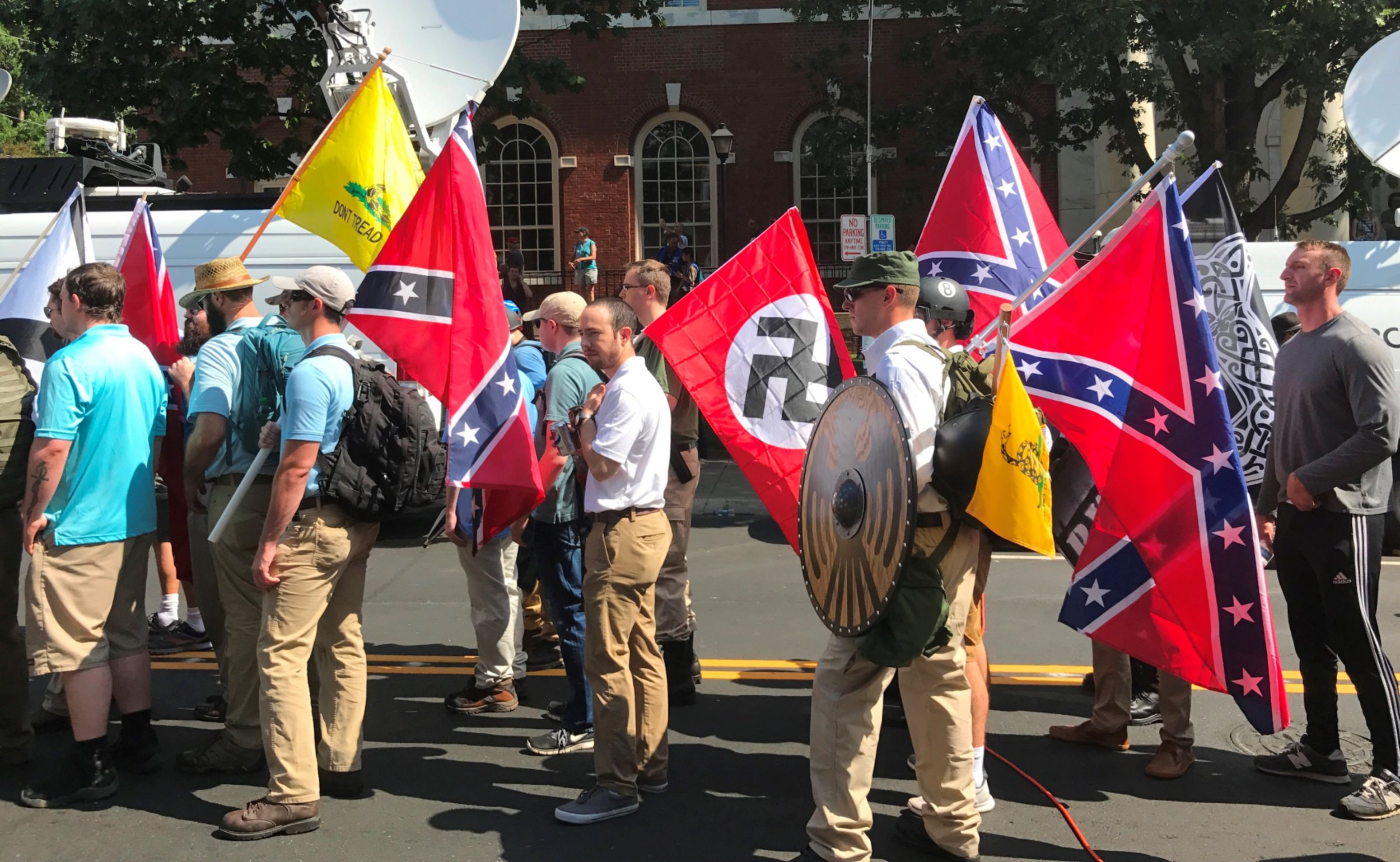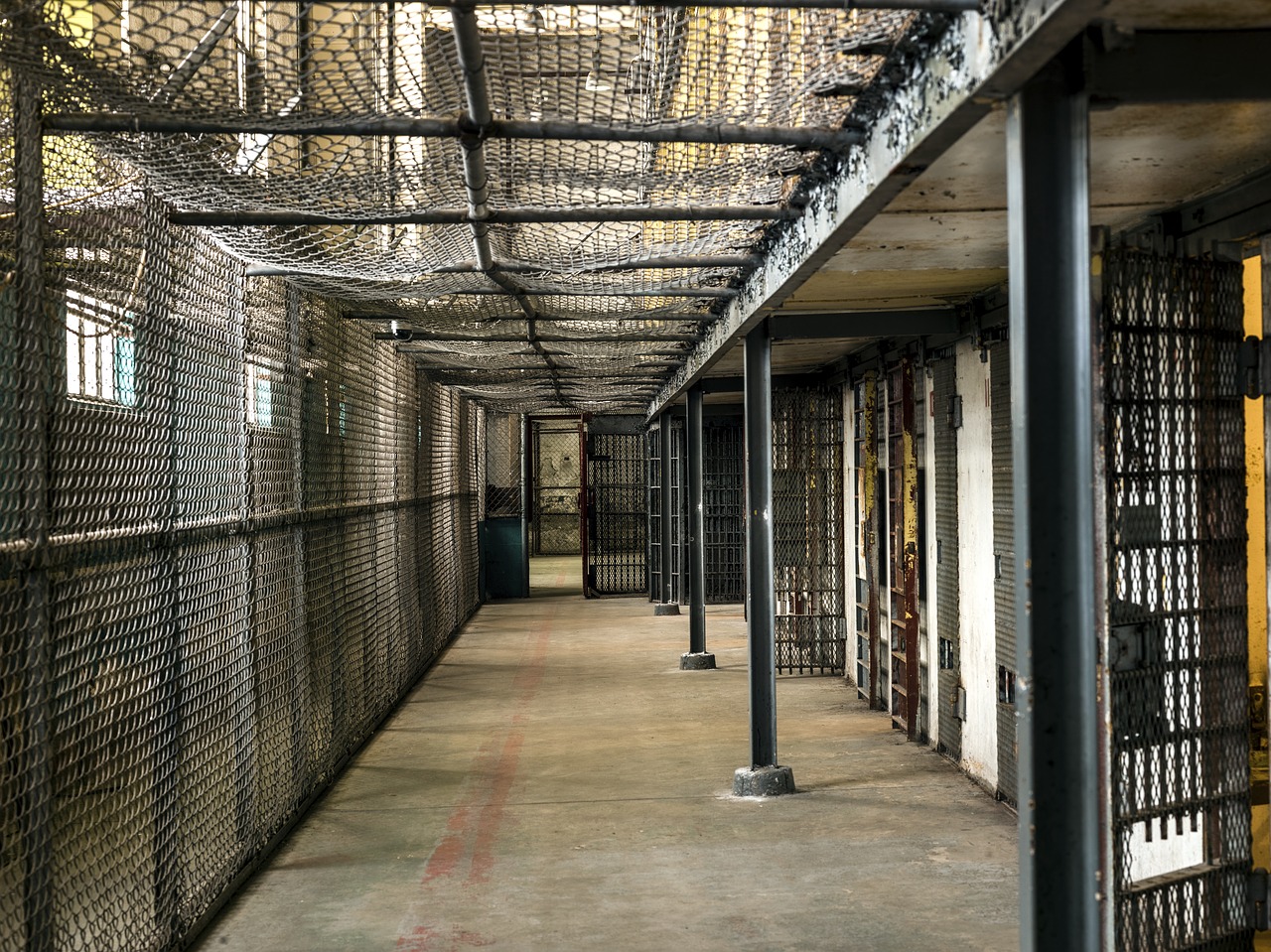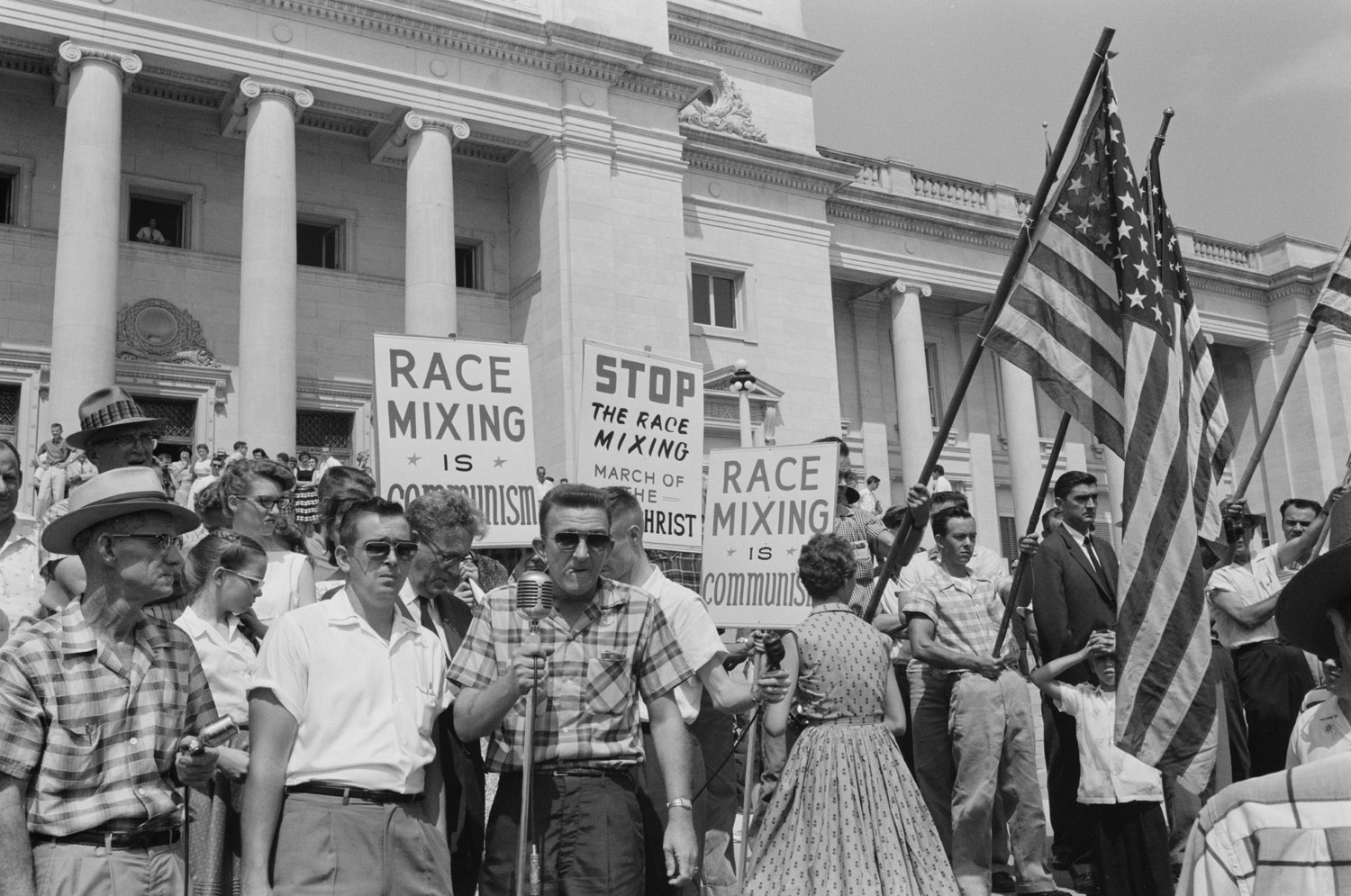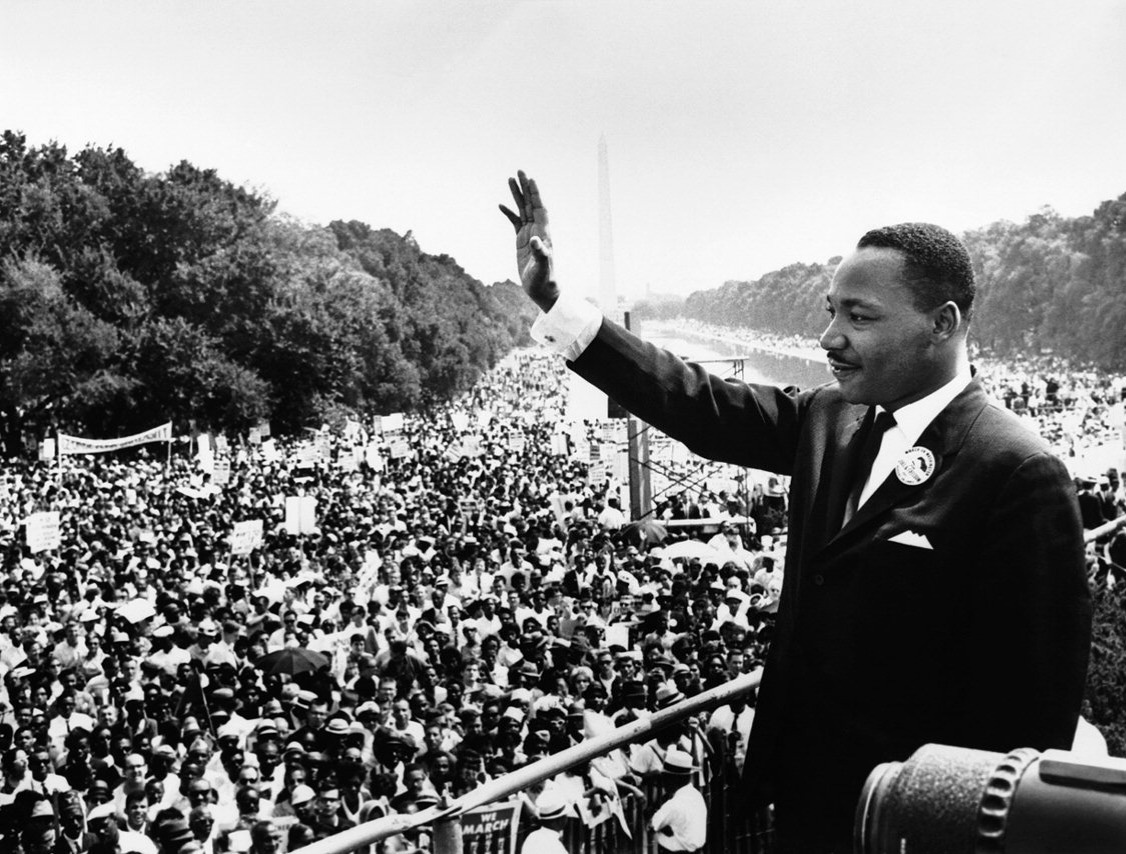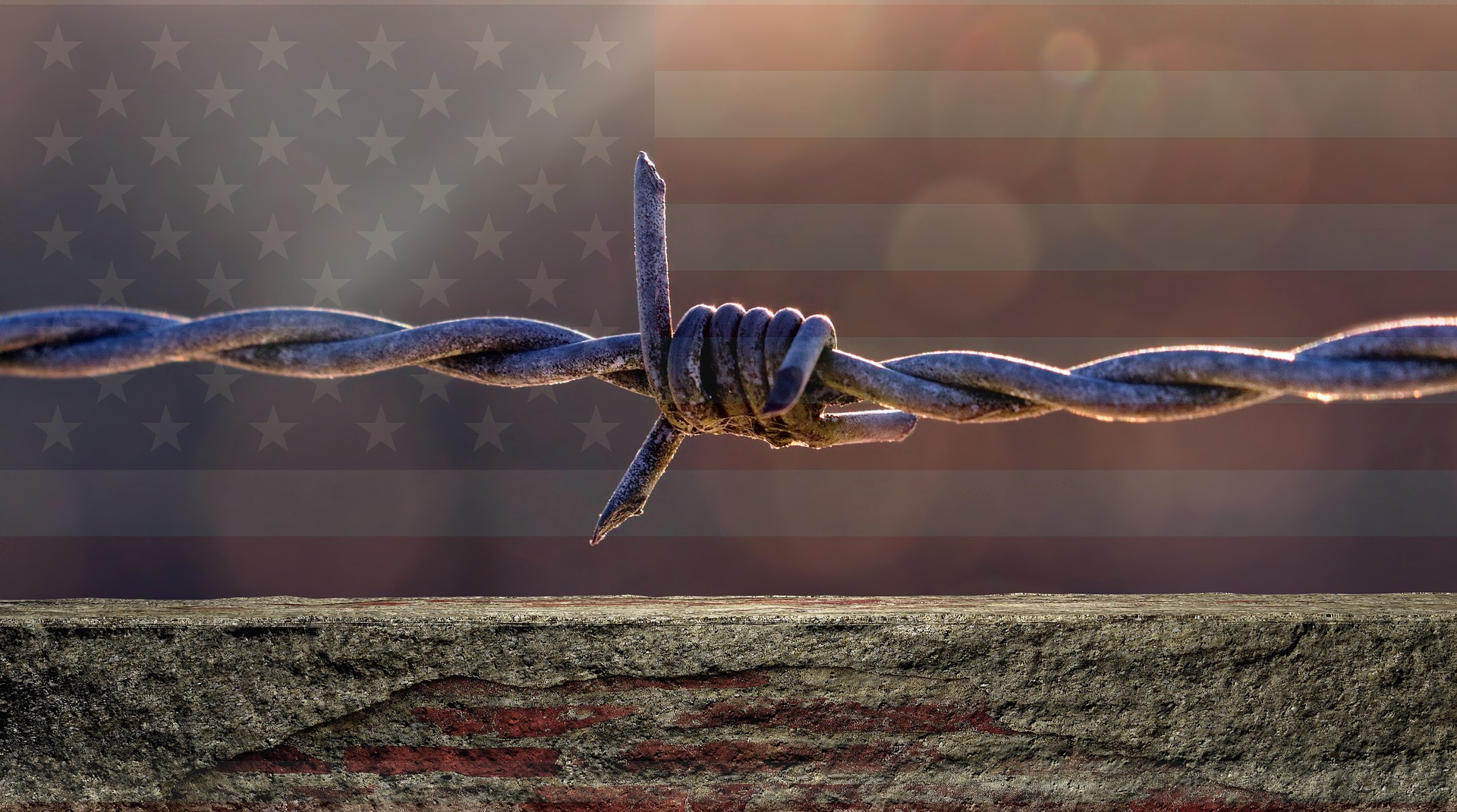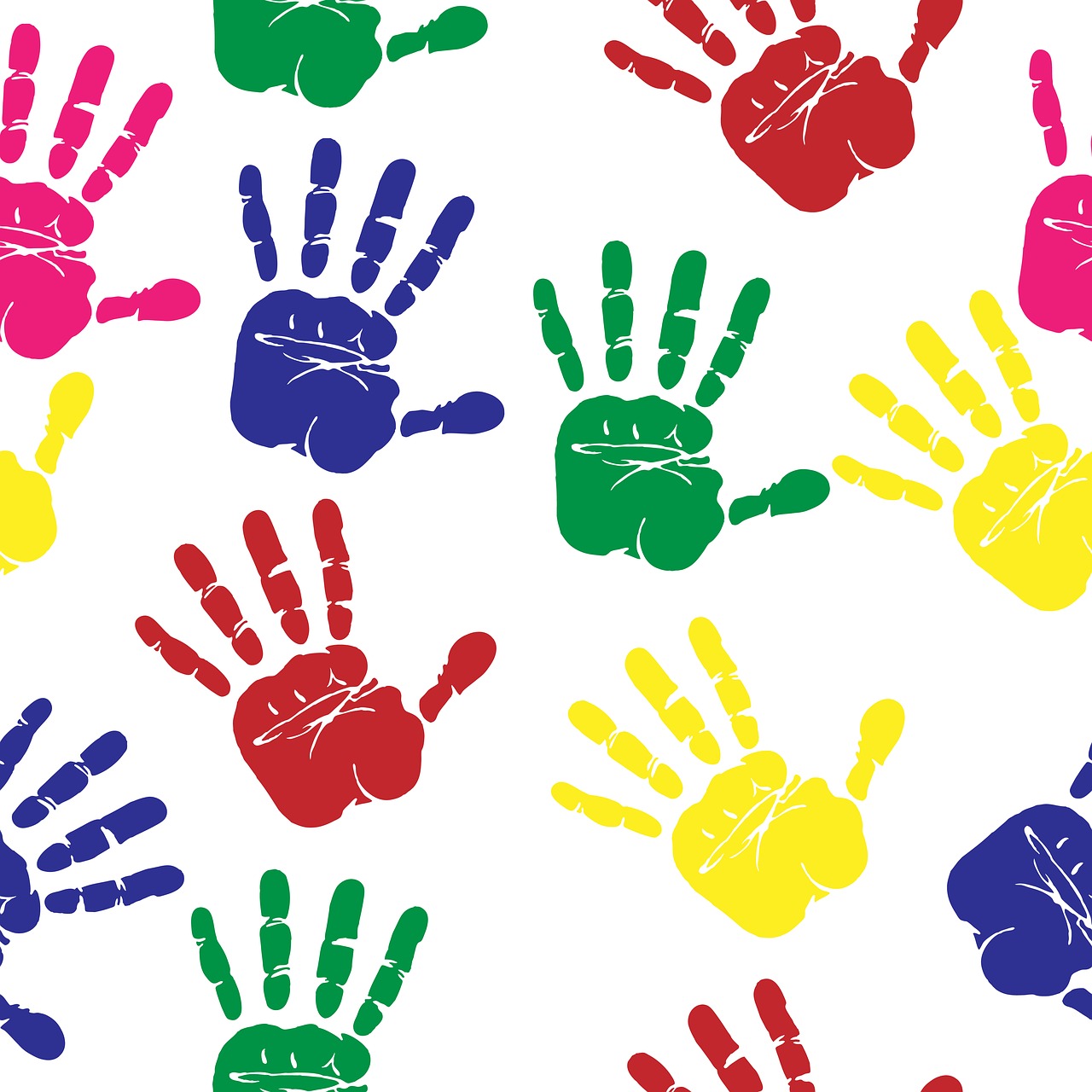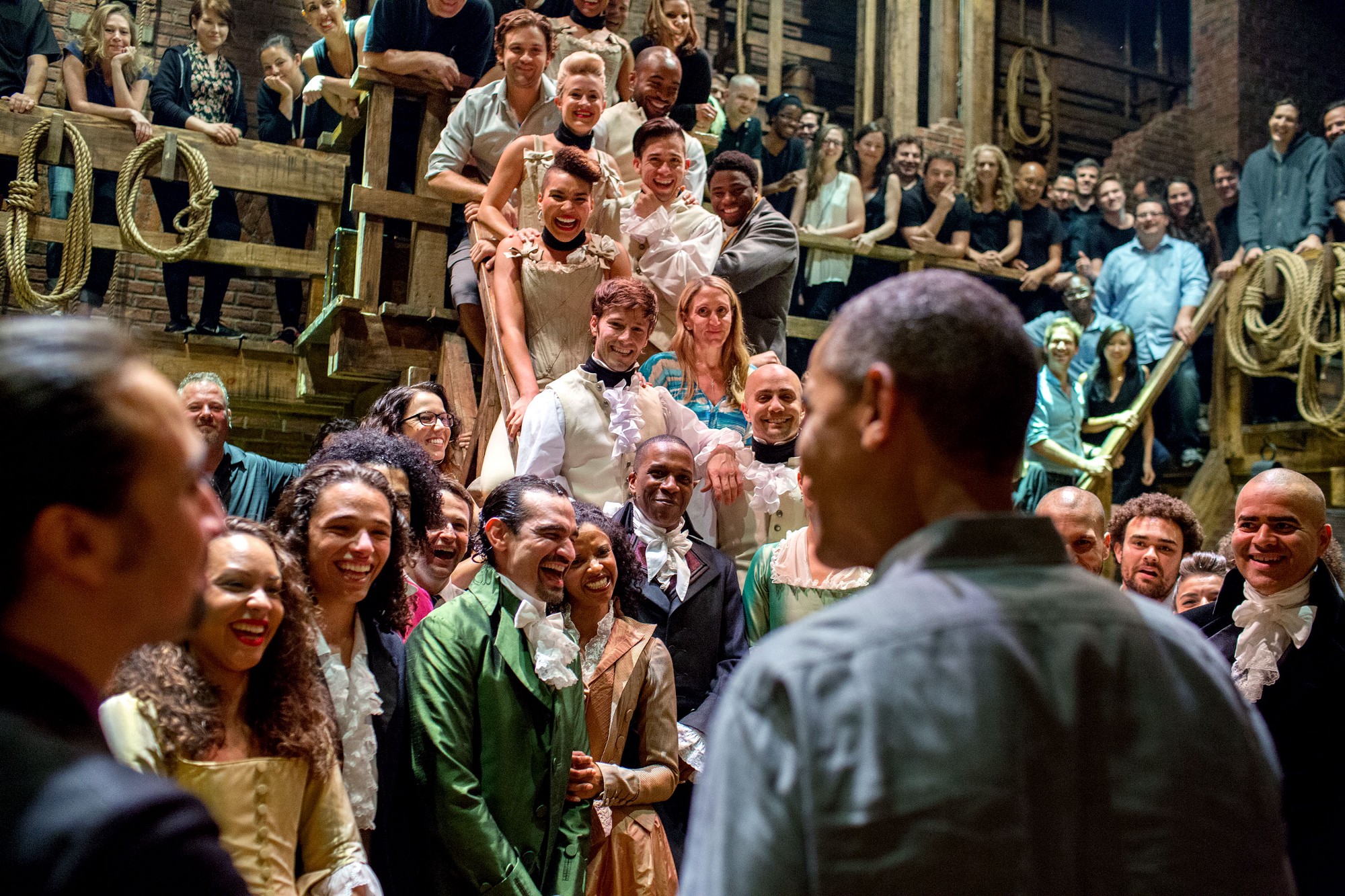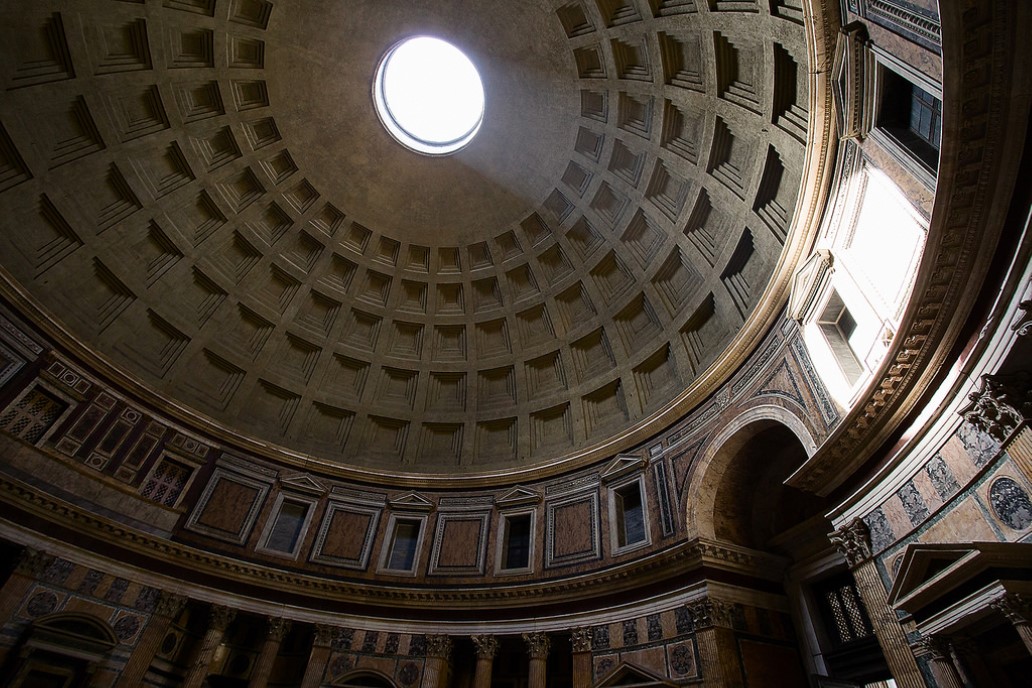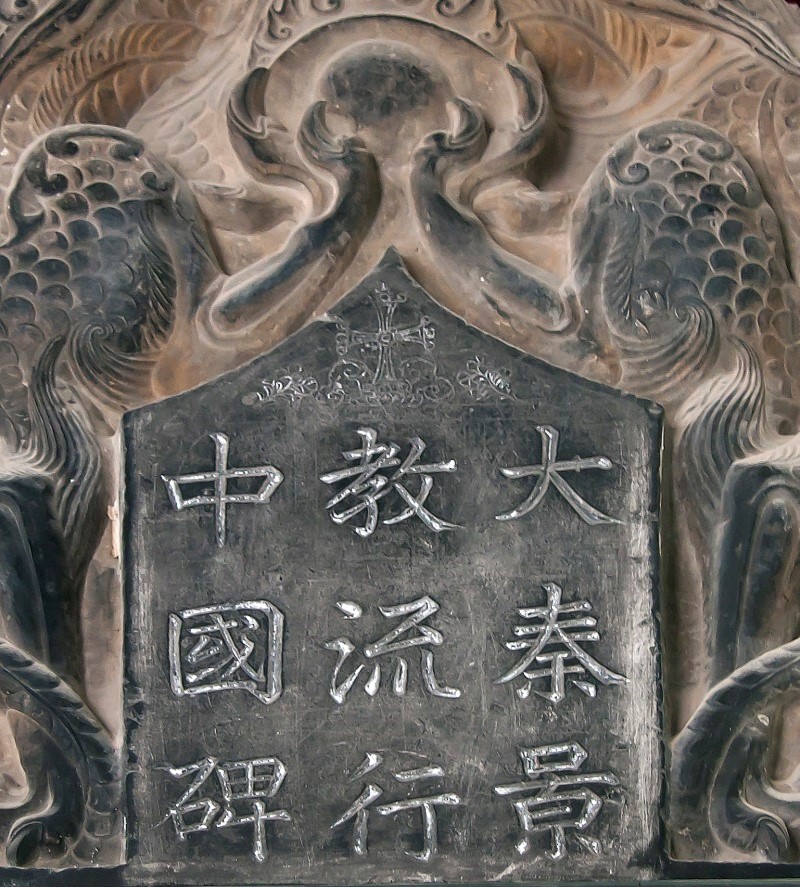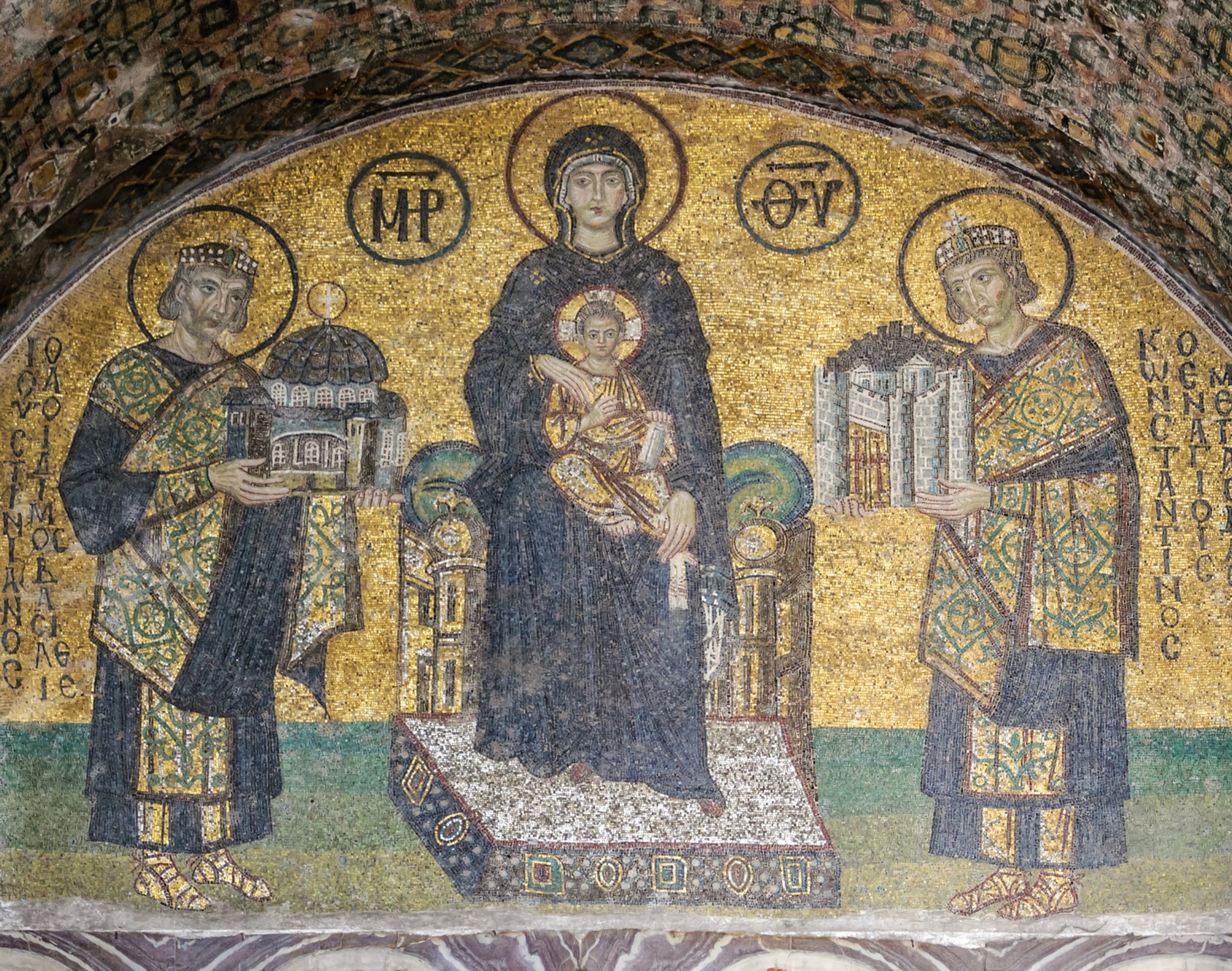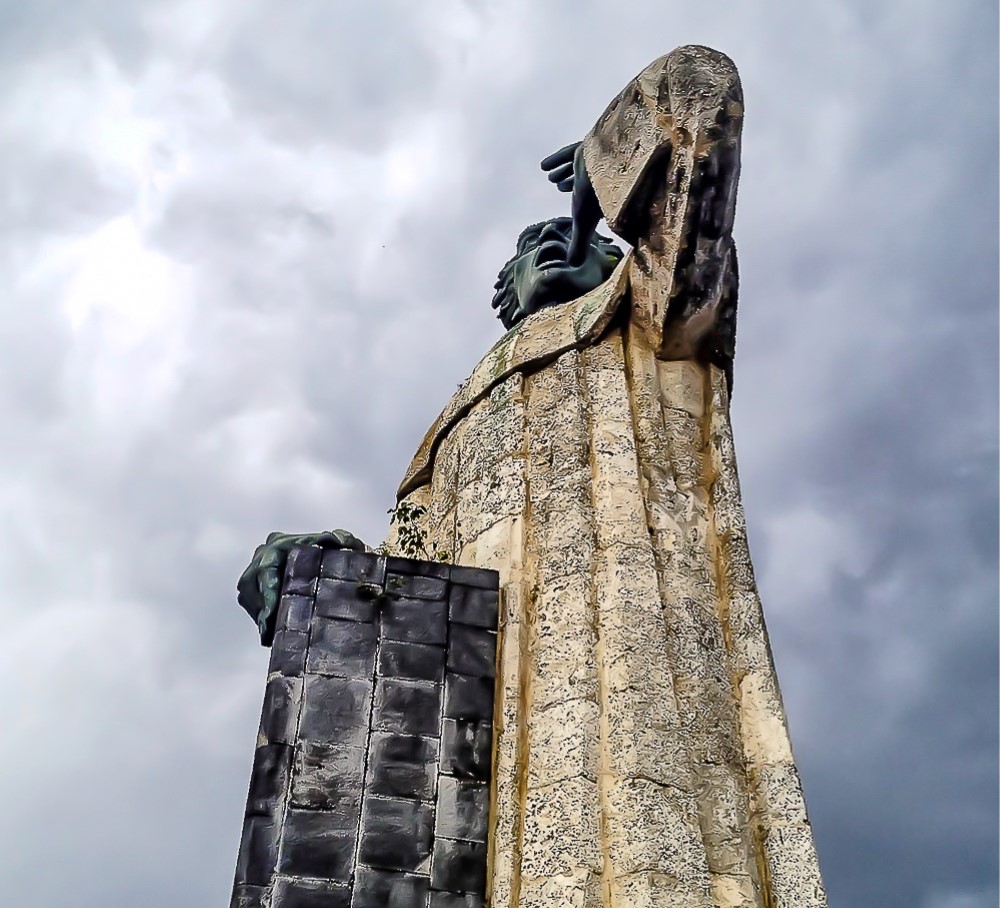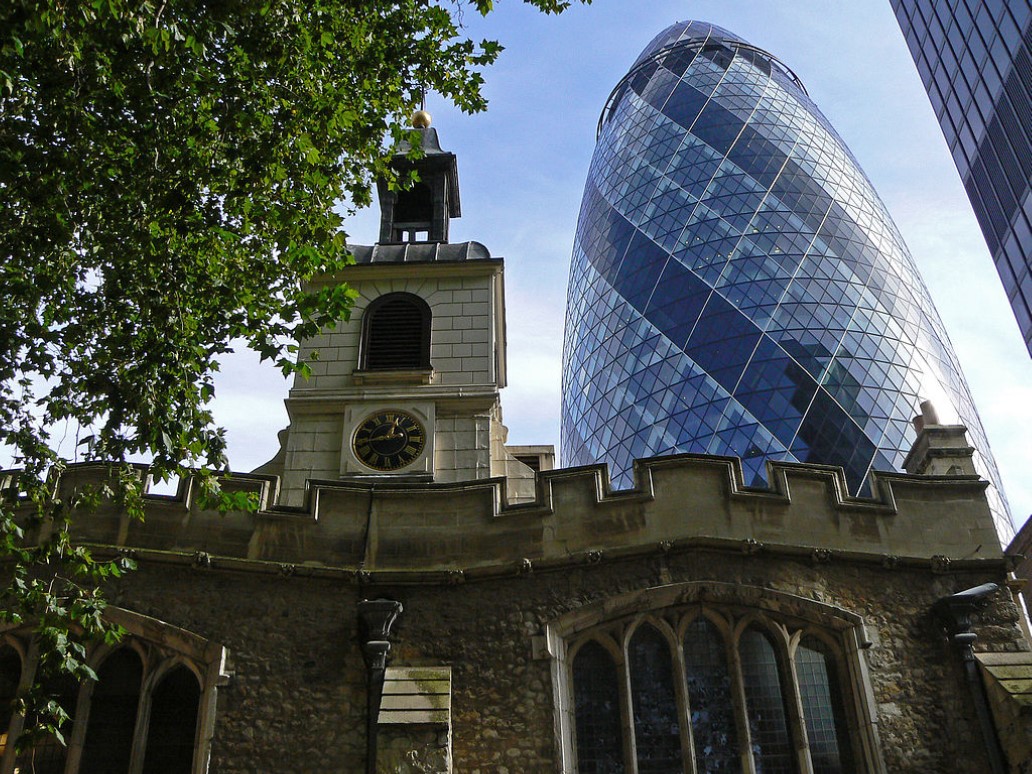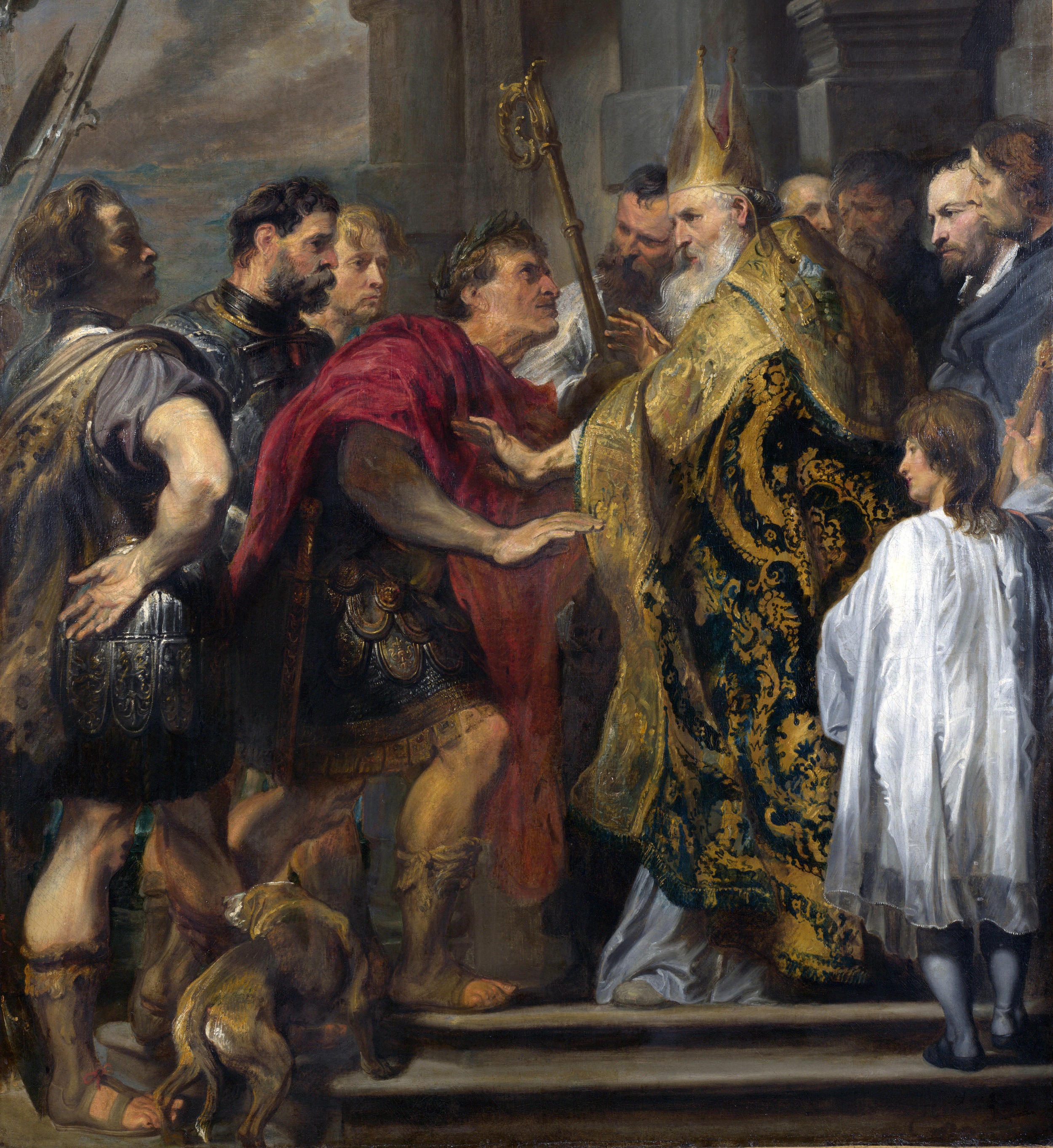Transatlantic Slavery in International Perspective
Photograph: An emblem from 1787 used by the French and English abolitionist group, Society for Effecting the Abolition of the Slave Trade. The authors of the book from which this emblem comes are Josiah Wedgwood, William Hackwood, and Henry Webber. Photo credit: Unknown, Public Domain.
Introduction
The following resources look at the Transatlantic Slave Trade outside the U.S.: motivations; extent; severity; etc.
Conversation Stations
These are the images used in artistic physical displays. They are survey questions and conversation starters that are topically and thematically organized. They demonstrate how Jesus is relevant to each topic or theme. You can also just view the images on your device. If you would like, see all our Conversation Stations; below are the ones that relate to the topic of Race.
Whose Justice? (and instructions and Christian Restorative Justice Study Guide)
Whose Justice? for Harvard Law School
Is a Good Friend Hard to Find? (and instructions and conversation tree)
What Can We Do About Evil? (and instructions and conversation tree) and smaller version and brochure version
Que Podemos Hacer Sobre La Maldad? for the Asociacion Dominicana de Estudiantes Evangelico, 2014
Does the Good Outweigh the Bad? (and instructions)
Race What's the Problem? (and instructions) and brochure version
Resources on Transatlantic Slavery in International Perspective
Top resources on British slavery and capitalism
Wulfstan (1008 - 1095), Bishop of Worcester (1062 - 1095) (Wikipedia article). The last Anglo-Saxon Christian bishop before the Norman invasion of 1066, who continued into the Anglo-Norman period. Wulfstan opposed the slave trade and is generally credited for the gradual Christian victory over chattel slavery in England by the 12th century.
William Harrison, Description Of Elizabethan England, 1577 (from Holinshed's Chronicles). In chapter 1, Harrison attests to the abolition of slavery on the “soil” of England: “As for slaves and bondmen, we have none; nay, such is the privilege of our country by the especial grace of God and bounty of our princes, that if any come hither from other realms, so soon as they set foot on land they become so free of condition as their masters, whereby all note of servile bondage is utterly removed from them…” Attestation like this is important for perspective on the United States because the colonists and founders reintroduced slavery, knowing that they were altering and betraying longstanding Christian tradition. Also, there was no formal legal policy passed by the crown or Parliament until 1833, so there is evidence that after the British became involved in the Transatlantic slave trade, wealthy English people had household slaves in England until the Somerset case of 1772.
History Crunch, Why Was Britain the First Country to Industrialize? History Crunch, Jul 29, 2019. David Clingingsmith and Jeffrey G. Williamson, India's De-Industrialization Under British Rule: New Ideas, New Evidence. NBER, Jun 2004. Shows that the British looked to India to source cotton and as a market for cotton products after the American colonies became more expensive after the US Civil War. Whitney Howarth, Imperialism and De-Industrialization in India. Khan Academy. Suse Steed, 3 Things You Need to Know About the [British] Industrial Revolution. Suse Steed, Mar 15, 2021.
Vice World News, How Banks Made Money from Slavery | Empires of Dirt. Vice, Aug 14, 2020. How British banks like Barclays, etc. accumulated capital. British banks and former slaveholders were compensated for abolition, a process that was completed in 2015.
Philip Roscoe, How the Shadow of Slavery Still Hangs Over Global Finance. The Conversation, Aug 21, 2020.
“Liverpool’s wealth also stemmed from its innovations in finance. The great slave merchants were also bankers and insurers, pioneers in what we today call financialisation – they transformed human lives into profit-bearing opportunities… Slaves would be purchased in Britain’s African colonies and transported to the Americas where they were sold at auction. The merchant’s agent would take the money received and rather than investing it in commodities like sugar or cotton to be sent back to Liverpool, they would send a bill of exchange – a credit note for the sum plus interest – across the Atlantic. The bill of exchange could be cashed at a discount at one of the many banking houses in the city, or replaced by another, again at a discount, to be dispatched to Africa in payment for more human chattels. Credit flowed swiftly, cleanly and profitably. This evolution of private credit did not originate in Liverpool. It had underpinned the Florentine banking dynasties of the 15th century and gave rise to money as we know it now.”
Eric Williams, Capitalism and Slavery. University of North Carolina Press | Amazon page, 3rd edition Apr 2021.
Marina Manoukian, Banks You Didn’t Know Had Ties to Slavery. Grunge, Nov 15, 2021. Previously small banks are now part of larger banks. They include Bank of America, HSBC, Lloyd’s Banking Group, Caisse Des Depots, Barclays, J.P. Morgan Chase, Citibank, Royal Bank of Scotland, Arbuthnot Latham, Truist Financial, Wells Fargo.
Vice World News, Sugar & Slavery: The Building Blocks of Bristol’s 1% | Empires of Dirt. Vice, Nov 12, 2020. At the centre of the sugar trade was the city of Bristol, where men like Edward Colston grew rich from investments. VICE World News host Zing Tsjeng travels there to tell the not-so-sweet story of the human cost that lurks behind our addiction to sugar.
Vice World News, The Disturbing History of Tobacco | Empires of Dirt. Vice, Nov 19, 2020. The Tobacco Lords of Glasgow — once the center of the tobacco trade — grew filthy rich on the profits. Their legacy can be found in the street names across the ‘Merchant City’, but not a single street bears the name of the slaves that made them their fortunes. Cruel Scottish slave traders kidnapped people from West Africa and imprisoned them on Bunce Island off the coast of Sierra Leone, dressed them in tartan and forced them to act as golf caddies.
Vice World News, The Unfortunate Truth About Oxford University | Empires of Debt. Vice, Dec 3, 2020. Cecil Rhodes has a statue at Oxford. Slaveowner Christopher Codrington donated his fortune to All Souls College at Oxford, which named a library and scholarship after him.
Vice World News, The Dark History of the UK’s Biggest Mansions | Empires of Dirt. Vice, Dec 10, 2020. A 7 minute video. Mansions were funded and maintained by tenant farmers who lived off the land, and also slaves. Over 90 properties — about one-third of these mansions — were bought and/or maintained by slavery profits.
General Resources
Murray Gordon, Slavery in the Arab World. New Amsterdam Books | Amazon page, 1989.
Bernard Lewis, Race and Slavery in the Middle East. Oxford University Press | Amazon page, 1992.
Eric Williams, Capitalism and Slavery. University of North Carolina Press | Amazon page, 1994. Williams argues that abolition was in Britain's self-interest, but fairly well refuted by Seymour Drescher, Capitalism and Antislavery: British Mobilization in Comparative Perspective. Oxford University Press | Amazon page, 1987. Drescher argues that abolition was economic suicide at the outset. I suspect, however, that Britain’s further challenge to the slave trade in Islamic areas can be considered to be in British economic self-interest.
Mark Brumley, Let My People Go: The Catholic Church and Slavery. Catholic Education Resource Center, Jul-Aug 1999. See also ibookworm, Pope Pius IX and the Southern Confederacy in the Civil War. Reddit, 2016. See also The Armchair Historian, American Civil War from The European Perspective | Animated History. Armchair Historian, Aug 14, 2020. Points out that Pope Piux IX did not acknowledge the legitimacy of the Confederacy, and told the ambassador to the Vatican that the Confederacy should set out on a path of gradual abolition; also says that Europe was persuaded to support the Union because Abraham Lincoln claimed higher moral ground through the Emancipation Proclamation, as Europe was against slavery.
R. Davis, Christian Slaves, Muslim Masters: White Slavery in the Mediterranean, The Barbary Coast, and Italy, 1500-1800. Palgrave Macmillan | Amazon page, Nov 4, 2004.
David Keys, Revealed: Industrial Revolution Was Powered by Child Slaves. Independent, Aug 1, 2010. an important precursor and predecessor
Brendan Wolfe, Slavery By the Numbers. Encyclopedia Virginia, Dec 1, 2011.
PBS, Slavery By Another Name. PBS video, Feb 13, 2012. How forced labor continued after the Civil War
Andrea Stuart, Sugar in the Blood: A Family's History of Slavery and Empire. Knopf | Amazon page, 2013. See also review: Sugar and Slavery: Gold in Black and White. The Economist, Jun 16, 2012.
John Green, The Atlantic Slave Trade. Crash Course video, Jul 5, 2012. a good 11 minute summary
Sibi Jabbar, How France Loots Its Former Colonies. This is Africa, Jan 24, 2013.
C.W. and A.J.K.D., Did Slavery Make Economic Sense? The Economist, Sep 27, 2013.
Phillip Martin, Underground Trade: Why Human Trafficking is Called Modern Day Slavery. Huffington Post, Oct 1, 2013.
Max Fisher, This Map Shows Where the World's 30 Million Slaves Live. Washington Post, Oct 17, 2013.
Diario Libre, Sold. Diario Libre, Dominican Republic News, Dec 12, 2013.
Gerald Horne, The Counter Revolution of 1776: Slave Resistance and the Origins of the United States of America. NYU Press | Amazon page, Apr 18, 2014.
A. Moore, Ten Facts About the Arab Enslavement of Black People Not Taught in Schools. Atlanta Black Star, Jun 2, 2014.
Braden Goyette, 5 Things About Slavery You Probably Didn't Learn In Social Studies: A Short Guide To 'The Half Has Never Been Told'. Huffington Post, Oct 23, 2014.
Mawuna Remarque Koutonin, 100 African Cities Destroyed By Europeans: WHY There Are Seldom Historical Buildings and Monuments in Sub-Saharan Africa! Silicon Africa, Nov 1, 2014.
Rick Noack, Map: The World's 36 Million Slaves. Washington Post, Nov 18, 2014.
Sven Beckert, Slavery and Capitalism. Chronicle of Higher Education, Dec 12, 2014.
Anthony Hazard, The Atlantic Slave Trade - What Textbooks Didn't Tell You. TED Ed, Dec 22, 2014.
Sven Beckert, How Cotton Remade the World. Politico, Jan 30, 2015.
Max Fisher, Map: European Colonialism Conquered Every Country in the World But These Five. Vox, Feb 24, 2015.
Andrew Kahn and Janelle Bouie, The Atlantic Slave Trade in Two Minutes. Slate, Jun 25, 2015.
Emerson B. Powery, Rodney S. Sadler Jr., The Genesis of Liberation: Biblical Interpretation in the Antebellum Narratives of the Enslaved. Westminster John Knox Press | Amazon page, Apr 18, 2016.
Chakabars Clarke, How Slavery Ended in the Caribbean (Facebook video, May 16, 2016). About the Haitian Revolution 1789 - 1804
Matthew Wills, Slavery and the Church. JSTOR Daily, Sep 22, 2016. Not just Georgetown University, but churches complicit with slavery.
Sowande M. Mustakeem, Slavery at Sea: Terror, Sex, and Sickness in the Middle Passage. University of Illinois Press | Amazon page, September 30, 2016. “Mustakeem offers provocative new insights into how gender, health, age, illness, and medical treatment intersected with trauma and violence transformed human beings into the world's most commercially sought commodity for over four centuries.”
Eric Foner and Matt Karp, Expanding the Slaveocracy. Jacobin Magazine, Mar 21, 2017. slavery in the Western hemisphere was at its height in 1860 due to the U.S. (cotton), Cuba (sugar), and Brazil (coffee); the Republic of Texas was the 4th slaveholding power in the Western hem before it joined the U.S.; fear of abolitionist Great Britain drove it to union
The Cynical Historian, 10 Common Slavery Myths. The Cynical Historian, May 4, 2017. in the Americas, especially the U.S., but the last point discusses current slavery
David Olusoga, The Treasury’s Tweet Shows Slavery Is Still Misunderstood. The Guardian, Feb 12, 2018. “The modern equivalent of £17bn was paid out to compensate slave owners for the loss of their human property. Some people believe we should be proud”
Katharine Gerbner, Christian Slavery: Conversion and Race in the Protestant Atlantic World. University of Pennsylvania Press | Amazon page, Mar 5, 2018.
Nick Tabor, Africatown and the 21st Century Stain of Slavery. New York Magazine, May 2, 2018.
Dylan Matthews, Three Reasons the American Revolution Was a Mistake (Vox, Jul 3, 2018. features the British treatment of Native tribes, and Empire-wide abolition
A Different Asian American Timeline. ChangeLab website. excellent material, presented cleanly, giving a global perspective on global capitalism and international relations, not just race relations in the U.S. domestically
Matthew Franklin Cooper, Ideological History: The Fourth International Take on 1619. The Heavy Anglo-Orthodox Weblog, Dec 5, 2019. Cooper makes the very important Christian point: “In Europe itself, the two institutions – the slavery of Antiquity, and the chattel slavery of the Age of Exploration – were separated by a good half millennium of gradual abolition and humane developments in law, like those undertaken by Adamnán of Iona in the British Isles and by Eike von Repgow on the Continent. This gradual abolition happened in large part because of the building reliance of the agrarian œconomies of the late-antique barbarian kingdoms on arable land and its produce rather than on labour. This œconomic structure, which was still largely in place on the continent during the capitalist revolution, was the source of a great deal of the early resistance to the new institution of modern chattel slavery, and made up a significant element of the abolition movement going forward. This is something I have laid great stress on over the course of my writing on this blog. The old feudal resistance to the new money-based, urban and mercantile œconomy provided an early basis for the proletarian resistance that was as yet in its germinal stage.”
Suse Steed, How Can You Do an Economics Degree in Britain Without Learning About the British Empire? Suse Steed | Medium, Jun 5, 2020. On the portrayal of capitalism as peaceful: “It means Britain started a race and forced people to take part. They got ahead of the race, not by running when the starting gun went off, but by grabbing the gun and shooting. By trampling on the bodies of the people they hit. Without ever apologising or clearing up the blood. Standing on top of the bodies but saying that has nothing to do with the race.”
Morgan Dunn, Meet The Confederados, The Confederate Loyalists Who Fled To Brazil After The Civil War. All That’s Interesting, Jun 15, 2020.
Gerald Horne, The Dawning of the Apocalypse: The Roots of Slavery, White Supremacy, Settler Colonialism, and Capitalism in the Long Sixteenth Century. Monthly Review Press | Amazon page, Jun 30, 2020. In England, slave labor fueled the industries of insurance and banking by requiring excess pools of capital to offset risk. England also removed the requirement of religious/denominational criteria for settlers in North America, and expanded it to Europeans generally. See interview by Sam Seder, The Roots of Slavery, Settler Colonialism, and Capitalism w/ Gerald Horne. The Majority Report, Aug 4, 2020. From 24:40 minute mark.
Budiman Minasny, The Dark History of Slavery and Racism in Indonesia During the Dutch Colonial Period. The Conversation, Jul 2, 2020. Surveys plantation labor established by Dutch colonializers.
Saagar Enjeti, Biden, West Must Stand Up Against China Efforts To Cover Up Slave Labor. Rising | The Hill, Apr 1, 2021. See also our page on Global Issues in International Relations.
Howard W. French, Built on the Bodies of Slaves: How Africa Was Erased from the Modern World. The Guardian UK, Oct 12, 2021. “The first impetus for the Age of Discovery was not Europe’s yearning for ties with Asia, as so many of us learned in school, but rather its centuries-old desire to forge trading ties with legendarily rich Black societies hidden away in the heart of “darkest” west Africa.” Second, free labor through slavery. Third, urbanization and nation-building in Portugal then elsewhere through the profits of slavery. Fourth, plantation crops and capitalism.
Catherine Porter et.al., The Root of Haiti’s Misery: Reparations to Enslavers. New York Times, May 20, 2022.
John Oliver, The Monarchy. Last Week Tonight, Nov 14, 2022. Satirist John Oliver points out that the UK crown participated directly in enslavement, and in 1830 took out a 20 billion pound loan to compensate enslavers for lost “property” and was still paying back that loan by 2015 through taxation. Oliver covers other imperial and colonial atrocities as well.
AJ+, How Britain Used India To Replace Slave Labor. AJ+, Jan 18, 2023. “After abolishing slavery, Britain looked to India to replace the labor on its plantations. The British Empire has since gone to great lengths for history to forget how it created the world’s largest diaspora.” In its colonies, Britain used indentured servants -- Indian and African -- to replace slaves. The British shipped 3 million laborers from Kolkata, India, which contributes to 32 million Indians outside of India -- the world’s largest diaspora.
Christine Amanpour and Michel Martin, Former BBC Reporter Pays Reparations, Confronts Her Family’s Slave Owning Past. Amanpour and Company, Apr 20, 2023. “Nearly two centuries after abolition of the slave trade, reparations for its descendants are long overdue. In a historic move, former BBC journalist Laura Trevelyan and her family recently made public apology for their ancestral ownership of more than 1,000 slaves on the Caribbean island of Grenada. Trevelyan, now a full-time advocate for reparative justice, has offered a £100,000 donation. Most recently, she has requested apologies from Britain’s King Charles and the British Government for their past ties to slavery.”
Elizabeth Maddock Dillon, Milk, Sugar, Honey: Sweetness and the Making of the Modern World. Harvard Radcliffe Institute, May 12, 2023. An incredible one hour video lecture.
CNBC, How Temu Makes Money From $10 Smartwatches From China. CNBC, Aug 14, 2023. Temu sells slave-made products from China. Temu threads viruses into the Temu app to prevent you from deleting the app.
Nexus, Church of England’s One Billion Pound Apology to Black People for Slavery. Nexus, Mar 15, 2024. A fund called Queen Anne’s Bounty invested in the South Sea Company which transported slaves. “Before Britain moved to abolish slavery in 1807, the church was a major investor in a company that made significant profit from the sale of humans. This week Nexus speaks to two members of the Anglican clergy, Reverend Yemi Adedeji and Reverend Dr Ian Paul, and historian Rafe Heydel-Mankoo to ask whether the Church of England should really be paying reparations for crimes committed centuries ago.”
Race and Slavery: Topics:
Race: Topics:
This page is part of our section on Race, which contains the following: Slavery examines the intersections of religious beliefs and slavery, both in the U.S. and elsewhere during colonialism. Land and Housing explores Native American land seizure, white supremacy in housing, and gentrification. Banks and Finance spotlights racial discrimination in access to capital. Criminal Justice highlights historical racism not only in disparities but practices like convict-leasing, lynching, and hate crimes. Employment lists forms of discrimination in the workplace, hiring, labor unionizing and participation. Eugenics traces the history of eugenics in white American and elsewhere. Schooling examines disparities in the educational system and racial impacts of funding and administration. Politics and Power examines the use of race in political campaigns, the procedural justice wrongs such as voting rights denied and gerrymandering, substantive justice wrongs like education, health, and welfare, and racial fascism in the U.S. Immigration examines the moral, economic, and political challenges of immigration, along with the political manipulation of immigration as an issue. Child Development highlights racial implications in emotional development and psychological awareness. Health Disparities examines the significance of race on epigenetic factors, environmental factors, medical treatment, and health care politics. Beauty examines how race impacts notions of beauty and professionalism. Race is part of our critique of the political Right and Left in the U.S.
Church and Empire: Topics:
Race is a construct created by European colonialism. For more background, consider the Church and Empire section of our website. They are offered here to remind us what Christian faith was like prior to colonialism, and in resistance to colonialism, to show that Christianity is not “a white man’s religion.”

